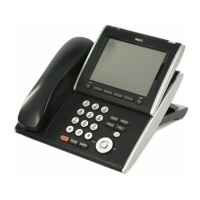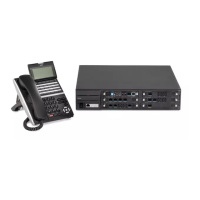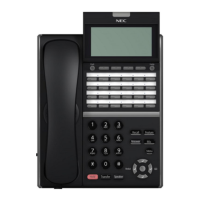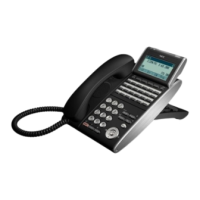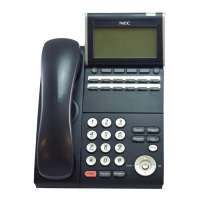Issue 2.0
13-12 AspireNet
The same also applies for AspireNet ISDN, an ISDN channel will be used from site A to B and
also from site B to C.
2.5 Numbering Plan
° 11-01-01 : System Numbering
Set the system’s internal (Intercom) numbering plan and system ID to route to networked systems. The
numbering plan assigns the first and second digits dialed and affects the digits an extension user must dial to
access other extensions and features, such as service codes and trunk codes, within a networking node or to
reach another node.
Consider using a "Unified Numbering Plan" for extensions. This gives every extension in the network a unique
extension number. The extension number can then be used to route a call to the correct node. This also allows
the same extension number to be dialed at any node to reach a given extension.
Changing the numbering plan consists of three steps:
Step 1: Enter the digit(s) you want to change
You can make either single or two digit entries. In the dialed Number column in the table, the nX rows (e.g., 1X)
are for single digit codes. The remaining rows (e.g., 11, 12, etc.) are for two digit codes.
--Entering a single digit
affects all the dialed Number entries beginning with that digit. For example, entering 6
affects all number plan entries beginning with 6. The entries you make in step 2 and step 3 below affect the
entire range of numbers beginning with 6. (For example, if you enter 3 in step 2 the entries affected would be
600-699. If you enter 4 in step 2 below, the entries affected would be 6000-6999.)
--Entering two digits
lets you define codes based on the first two digits a user dials. For example, entering 60
allows you to define the function of all codes beginning with 60. In the default program, only * and # use two-
digit codes. All the other codes are single digit. If you enter a two digit code between 0 and 9, be sure to make
separate entries for all the other two digit codes within the range as well. This is because in the default program
all the two digit codes between 0 and 9 are undefined.
Step 2: Specify the length of the code you want to change
After you specify a single or two digit code, you must tell the system how many digits comprise the code. This is
the Number of Digits Required column in the table. In the default program, all codes from 100-999 are three
digits long. Codes beginning with 0 are one digit long. Codes beginning with * are 3 digits long and codes
beginning with # are 4 digits long.
k
Improperly programming this option can adversely affect system operation. Make sure
you thoroughly understand the default numbering plan before proceeding. If you
must change the standard numbering, use the chart for
Table 13-5 System Numbering
Default Settings on page 13-83
to keep careful and accurate records of your changes.
Before changing your numbering plan, use PC Pro to make a backup copy of your
system data.
1. Enter the digits you want to change.
2. Specify the length of the code you select to change.
3. Assign a function to the code selected.
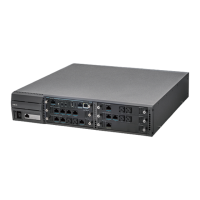
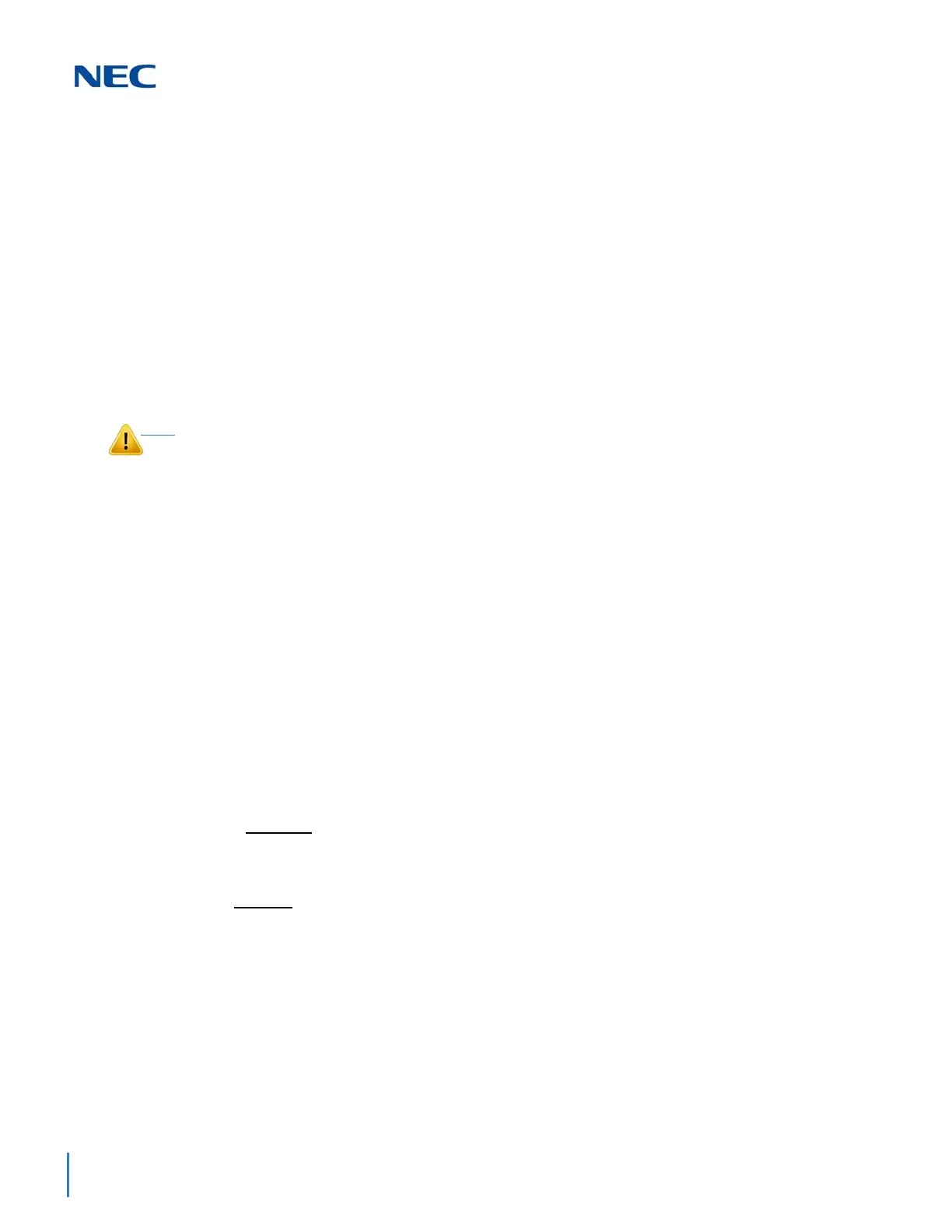